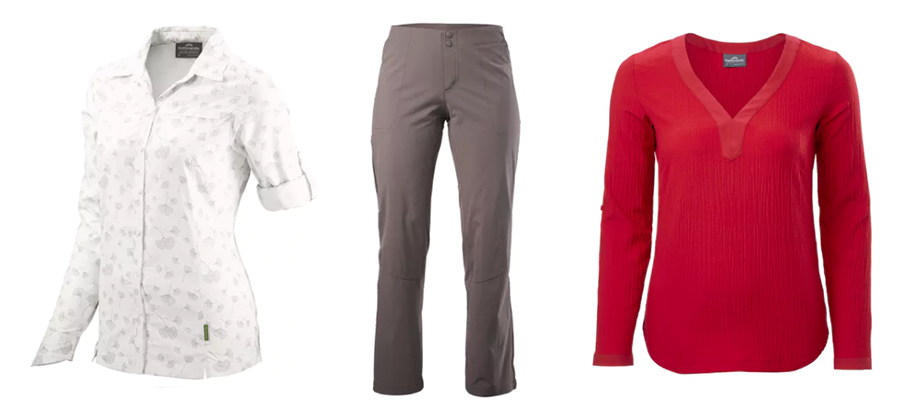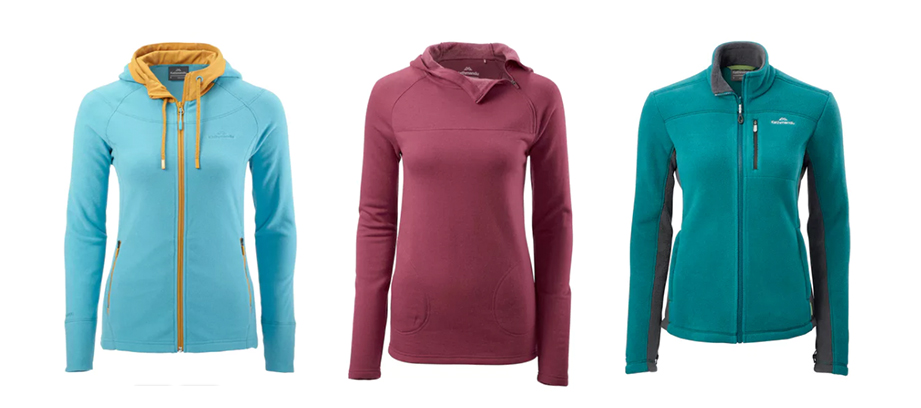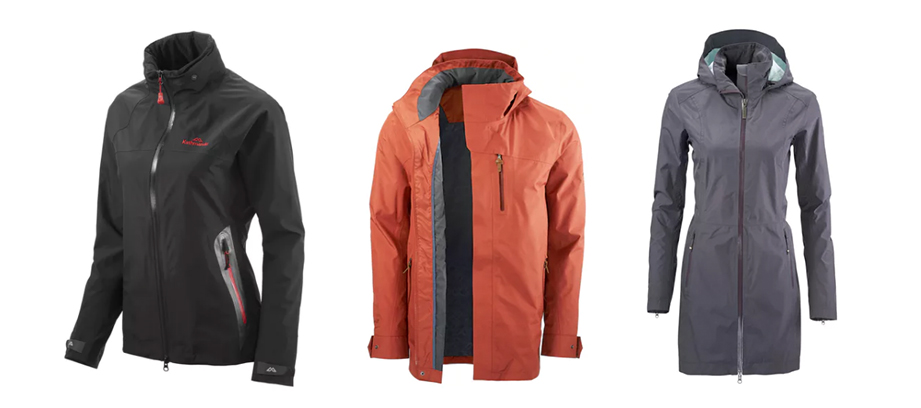How to pack light for cooler weather

If you’re taking your first trip to New Zealand, or planning for a white Christmas in Japan or Europe, it’s all too easy to over-pack. You may find yourself shoving in as many layers as you can, leaving you with bags so heavy you’ll hold your breath every time the airline weighs them…
Not only is it completely possible to pack light for colder weather; it could even leave you better off in many regards. With the following simple, effective strategies, you could enjoy your winter holiday with warmth, comfort and extra style to boot.
All items shown below are currently on special in Kathmandu’s Autumn Sale, with prices up to 50% off. Click here to find a store near you, or get started by browsing their range online.
Plan your use of layers carefully
The thickest fabric isn’t necessarily the warmest. With the right combination, few carefully-chosen thin layers can do the work of something far bulkier. This will also give you luxury of feeling more fashionable by mixing and matching smaller layers.

The first step, your base layer, is arguably the most important. Its main purpose is to manage moisture, wicking it away to avoid that dreadful cold clamminess of sweating.
Your choice of fabric will make all the difference. Merino wool is among the most accessible and comfortable options, particularly for those sensitive to the cold, as it regulates the body temperature wonderfully. It also resists odours, meaning one pair will generally serve you well for long periods without washing. Aim for a tight but comfortable fit to keep your body heat insulated.
This will allow you to have a little more fun and freedom with your next step: the mid layer, which should be chosen first and foremost for its ability to keep you warm.

If you’re after something simple and practical, fleece and wool are ideal fabrics, offering a lot of warmth for very little weight and bulk. Their fibres can trap your body heat while remaining very breathable. They will also wick moisture away from the base layer, further helping avoid odours and discomfort.

If you’re looking to have a little more fun with layering, this is also your perfect opportunity to mix and match. Outdoor wear has come a long way in recent years, with hiking shirts and pants becoming progressively more fashion-savvy. Most are made from synthetic, stain-resistant fabrics such as nylon – a huge plus, as you won’t need to iron.
With the first two layers doing much of the hard work, your outer layer is left with a single clear purpose: protect you from the elements.

If you’re planning to spend more time in cities, cafes and other public places, a polyester jacket or merino or fleece pullover can offer a great middle ground between everyday and travel wear; something that can keep you warm when you need it, but won’t immediately flag you as a tourist.

If you’re preparing for more extreme wind or rain, Gore-Tex fabric is one of your best options to stay dry and snug. It’s lined with a membrane with pores 20,000 times smaller than a water drop (meaning the rain won’t get in) but 700 times larger than a vapour molecule (letting your perspiration get out).
Other key rules for packing light for the cold:
- Wear your bulkiest items
This common traveller’s rule is worth extra-careful consideration when packing for colder climate. If you can’t comfortably wear or carry your favourite coat or jacket on the flight, consider the many benefits of swapping it out with smaller layers. - Don’t double up
In the cold weather, any good, breathable clothing will stay fresher for longer. Resist the urge to bring two of everything. Limit yourself instead to a small selection of interchangeable layers you can return to time and time again. - Your shoes should be your one bulky item
When travelling light, minimising your pairs of shoes can be the biggest challenge – and the most rewarding accomplishment to pull off. Aim to have a single pair if you can.
A good pair of outdoor slip-on boots can fit this need, offering something you can comfortably dine, tour and fly in. - Don’t skimp on the socks
As with your base layers, the right thin fabric can accomplish the same outcome as something much thicker, leaving you more comfortable in the process.A little extra effort here can go a long way. Once again, merino wool is an ideal fabric. They will dry incredibly quickly in the event of an unexpected puddle – and best of all, they won’t stink out your luggage in the days to follow.
Want to pack light for your next Winter holiday? Kathmandu’s Autumn Sale is the perfect chance to stock up on smart layers! Click here to find a store near you, or get started by browsing their range online.
Have you tried travelling light for a winter holiday? Share your tips below!








 Proudly Australian owned and operated
Proudly Australian owned and operated